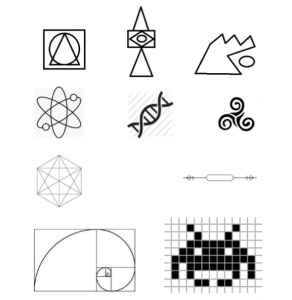Playing a role-playing game, participants will understand how computers and algorithms work as well as the role of a programmer.
General Objective
Preparation time for facilitator
Competence area
Time needed to complete activity (for learner)
Name of author
Support material needed for training
Resource originally created in
Introduction
This workshop aims to elaborate on the concepts of programming and algorithms simply and without using digital technology. To start, you should explain what programming does without going into detail – participants should not need to have done other activities on the subject previously. Several points can be discussed via the activity:
- A computer will do what we tell it do – this is all it knows to do. We need to give every detail possible to help it understand what we want.
- A computer is therefore not intelligent! If a programmer makes a mistake, so too will the computer.
- Algorithms follow instructions
- These instructions need to be organised to be easily understandable for everyone. Coders must be rigorous in ensuring their code’s inner logic remains completely consistent or it won’t work.
Facilitation tips: This workshop can work with any age group – it’s up to you to adapt the level of complexity by adding constraints and by choosing images more or less complex to reproduce. To go further with the subject, see the workshop plan ‘Game-based introduction to Algorithms‘.
Coding out loud
In this game, one participant will play a programmer needing to reproduce an image (see below for examples). This coder will give instructions to computers played by the other group members. These will have to try to copy the drawing in the simplest way possible by only listening to the instructions given by the programmer. Constraints: the computers can’t ask questions. The programmer can neither show the drawing nor make any gestures: they can only speak.
Facilitation tips: You could start with a first round allowing computers to ask questions, then a second one where they can only say ‘ERROR’ when they don’t understand. To add difficulty depending on the age of participants, you could forbid the programmer from stating shapes (square, circle, triangle, etc.).
Annexes
Drawings
